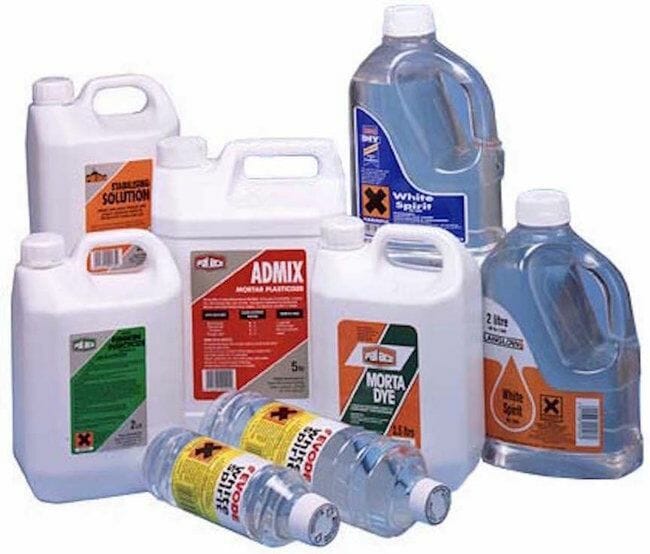A chemical safety reform signed into law June 7th by President Obama expands the Environmental Protection Agency’s (EPA) power to regulate tens of thousands of chemicals used by Americans in their daily routines. The Frank R. Lautenberg Chemical Safety for the 21st Century Act, or Lautenberg Act for short, marks the first time in 40 years any significant action has been taken to update regulation practices of potentially harmful chemicals contained in everyday products.
The passing of the Lautenberg Act amends the 1976 Toxic Substances Control Act (TSCA), which addressed the production, importation, use, and disposal of chemicals like radon, lead paint and asbestos. The new law applies a four-pronged approach to ensuring that reviews of current standards are held to a higher degree of scrutiny.
First, the EPA is mandated to evaluate all existing chemicals, second the EPA will be required to produce a new risk-based safety standard; third, information about chemicals and their impact must be made more transparent to the public; and lastly, resources in the form of funds must consistently be available to the EPA so they can adhere to their new responsibilities.
The law received bipartisan support and was cosponsored by members on both aisles of Congress and the House. Senator Joe Manchin, a cosponsor of the bill said that the new law will “ensure the safety of the chemicals Americans use every day.” And the White House issued a statement before signing into law calling the bill “landmark reform” that “is a clear improvement over the current TSCA and represents a historic advancement for both chemical safety and environmental law.”
The act also aims to phase out animal testing in favor of newer, more reliable and cruelty free methods. Under the new law, alternatives must be explored and developed before resorting to testing chemicals on animals.
While this is all very good news, some are wary about the time and effort it will take to bring about the very-much-needed changes the law proposes. James Aidala, the former head of EPA’s chemical safety office stated, “It’s a very ambitious undertaking — it’s going to be hard. It is going to take a long time, even if the administration gives the program a slug of money on day one.”
The dangers stemming from exposure to, consumption of, and discarding of chemicals and their potentially harmful impact human and animal health and the environment has long been a topic of great concern. Many of our everyday products include a long list of chemicals, many of which we can’t pronounce and possibly know even less about the long-term impacts from prolonged use. It’s best to read up and visit reputable sites like the FDA.com and EPA.gov that regulate a wide variety of products to find out if what you are consuming could be harming your health. You can also check out one of our recent articles identifying a handful of products that come in on the worst-offender list when it comes to keeping us, our pets, and the environment healthy and safe.








